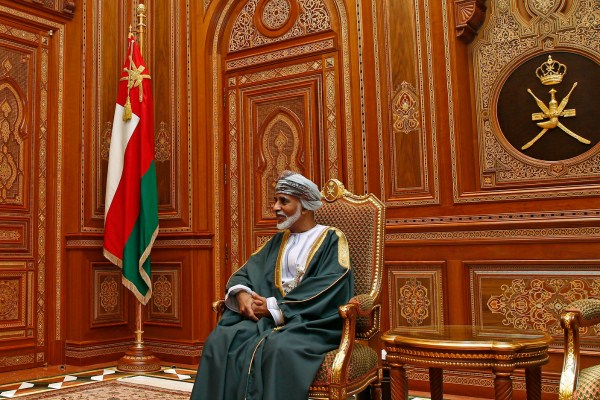Last month, Oman’s Sultan Qaboos addressed his nation via a video message from Germany, where he is allegedly receiving treatment for colon cancer. The 76-year-old monarch was going to miss Oman’s national day celebrations on Nov. 18, which is also his birthday, and he wanted to ease the uncertainty at home that has developed as a result of his five-month absence.
Qaboos’ ailing health has, however, created a flurry of media coverage on the future of Oman and the leadership transition, while raising important questions about the risks it poses to Oman’s decades-old stability.
The sultanate, a high-income and ethnically diverse country located in the strategically vital Strait of Hormuz, is often seen as a haven of calm in a volatile neighborhood. Oman has become a key U.S. ally, housing a naval and airbase. It has also helped with backchannel negotiations with Iran over Tehran’s nuclear program and may host the next round of talks later this month.

